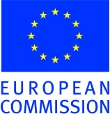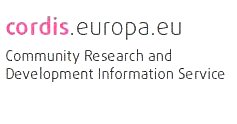ETHICSWEB application profiles - data integration at the content level
At the technical level, data integration requires adherence to certain XML based formats and protocols. However, consistent retrieval of data deriving from different sources also requires compatibility at the content level.
For each data type supported by the ETHICSWEB portal, there is an application profile (AP) that defines what the data should look like at the content level. The AP declares the metadata elements that can be used to describe the properties of an object. For a DLIO (document-like information object), the metadata elements defined by the AP include bibliographic information such as title and publisher. In addition to listing the metadata elements, the AP provides guidelines for how data should be entered into the elements. The AP also specifies the cardinality (how many times an element can appear in a record).
The elements of the ETHICSWEB APs have been picked from existing namespaces (such as Dublin Core) whenever possible.
Some elements are mandatory. This means that that these elements must be included in a data set to be integrated with ETHICSWEB. Most elements defined by the ETHICSWEB APs are optional, however.
As a preparation for ETHICSWEB integration, data fields of the database(s) produced by the EDC must be mapped to the metadata elements defined by the corresponding AP(s). Only data records that contain all the mandatory elements should be exported.
When setting up a new database, it should preferably be designed with the ETHICSWEB APs in mind. In particular, the database must support any mandatory fields.



